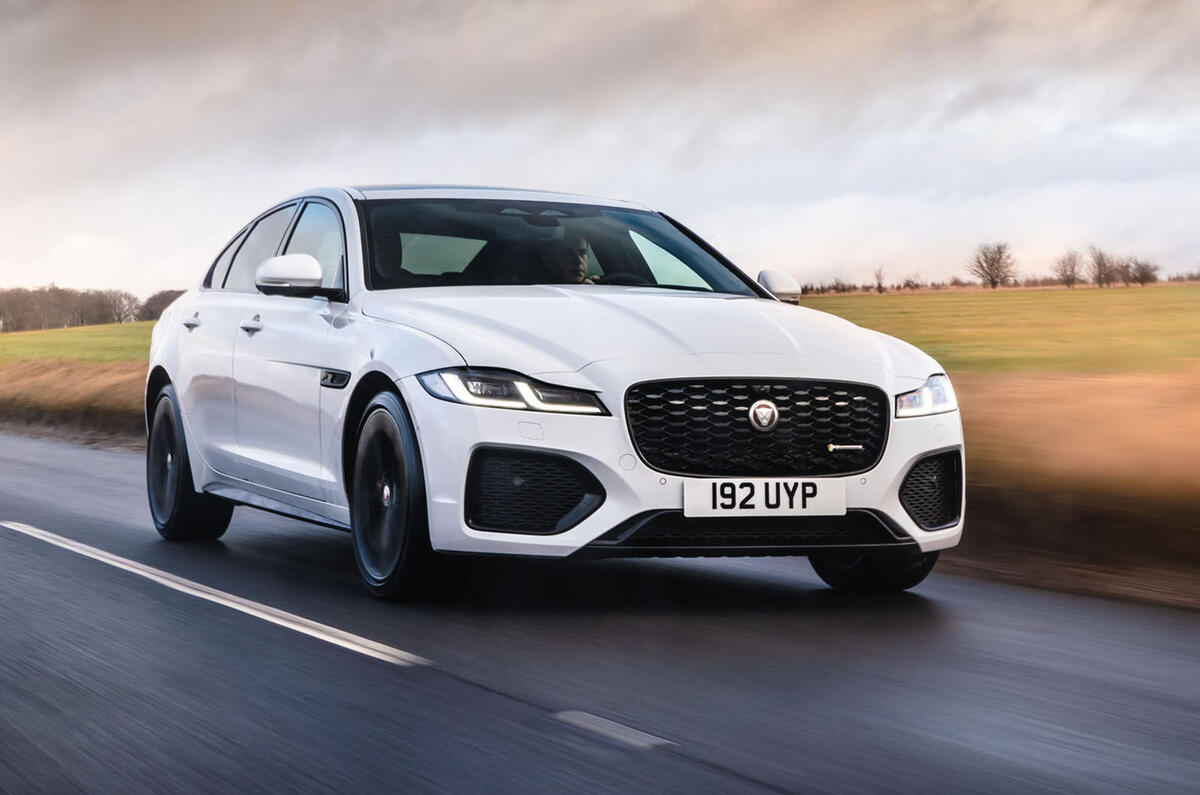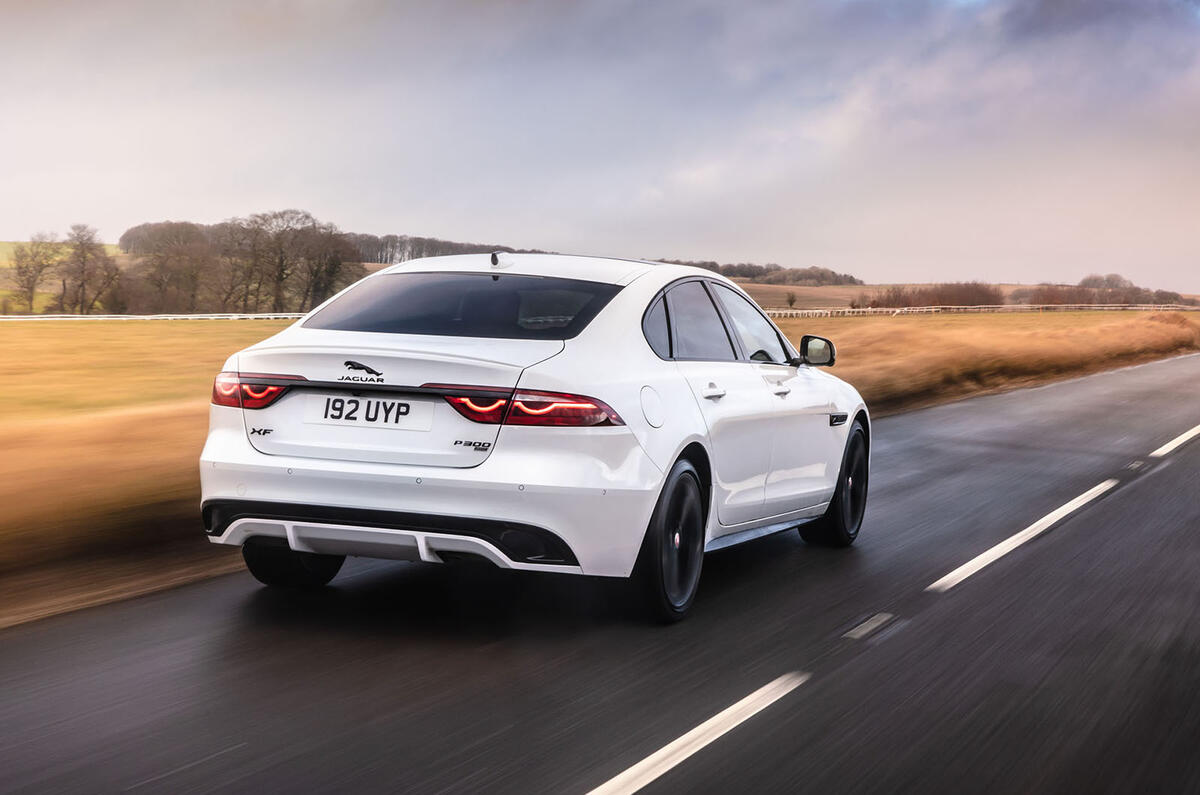What is it?
There are two contradictory sides to the story of Jaguar’s modern mid-sized saloon, and depending on who is talking, you tend to hear about only one of them.
One side is that of arguably the finest driving machine in the senior premium-saloon clique (excluding wares by M, AMG, et al), and an unusually elegant and charismatic one at that. The other strand tells the tale of an ageing bit-part player with uninspiring engine options and an amazingly sketchy business case.
Talk to road testers and they’ll tell you the Mk2 Jaguar XF’s chassis balance, steering and handling have always had the measure of its German opposite numbers. Consult the news desk and you’d learn that in 2019 just 15,600 examples found homes globally while, during the same period, BMW sold 89,300 examples of the 5 Series in Europe alone.
Unsurprising, then, that the XF is now on wafer-thin ice, no matter how dependably enjoyable it is to drive. One decision that recently recruited Jaguar Land Rover CEO Thierry Bolloré will have to make is whether to cull the range entirely. Word is that both the XF and its Jaguar XE understudy could be mothballed by 2025 to make way for a svelte new hatchback, possibly an electric one.
However, we’re not quite yet at that stage and fans of the XF can take heart from the fact that Jaguar has recently revitalised the model for a second time since it arrived in 2015. The big news is the almost entirely new interior, which will be shared with the updated F-Pace SUV and should to some extent address a major modern Jaguar failing in comparison to rapidly advancing rivals. Admittedly, the Germans are still far from perfect when it comes to cabins, and Audi’s almost zero-sum pursuit of touch-sensitive user interfaces is obviously misguided.
But the Jag’s disadvantage here has often run deeper than its deficit of slick technology. In recent years, perceived quality has also been lower than the class average and the XF’s reconceived interior promises to turn that ship around with its ‘contemporary, calming’ atmosphere. The other development is the simplification of the engine line-up and the adoption of mild-hybrid technology, albeit for only the sole four-cylinder 2.0-litre turbo diesel offering. Power for the D200 unit duly rises from 177bhp to 201bhp while claimed fuel economy also rises, from 50.9mpg to 57.2mpg.
Six-cylinder engines were consigned to XF history in 2018, so the only other powerplant is Jaguar’s 2.0-litre four-cylinder Ingenium petrol, which is tuned to either 247bhp in the P250 or 296bhp in the P300 – both figures unchanged from before.
Jaguar says the number of possible XF derivatives has been halved, which has helped it aggressively cut the asking price. At £32,585, the entry-level D200 S costs £2410 less than before, while our P300 R-Dynamic SE test car ducks below £42,000. That’s less than even the sub-200bhp BMW 520i M Sport and Mercedes-Benz E200 AMG Line.



































Join the debate
Add your comment
JLR have missed a trick in not offering the XE and XF as PHEVs, they should have also taken this opportunity to introduce the new straight 6 engines which according to reviews are very good in both diesel and petrol form, unless of course the dont fit, which wouldnt suprise me in the slightest.
Too much of the Mk10 about it?, and, like so mentioned, a bit late to the party and discover everyone has dressed casual and you've forked out for a Penguin Suit.
Jaguar interiors look like they’re done by someone who has never designed anything ever before. This on looks almost as bad as the parts bin style iPace. Why have the right vent carry on along the dash, like Audis, but then hit a bit of metal trim and the another vent? Jaguar can’t survive without a 3 series rival.